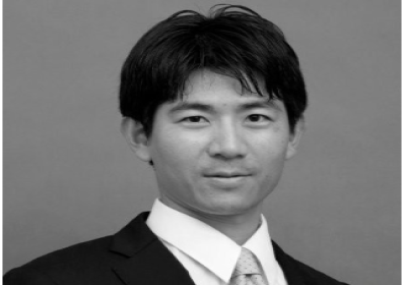As we all know, last couple of years are witness to remarkable growth in the private equity (“PE”) space. Various factors ranging from some key regulatory reforms, strong performance of the domestic capital markets, subdued growth rate of developed economics & the trade wars, attaining successful exit opportunities to burst of entrepreneurial ideas, have led the PE space at a promising cusp to look out for.
With increase in flow of capital, control-deal scenario seemed to be inevitable. However, what is heartening is that PE investors have not shied away from taking a strategic approach. PE investors have not only decided to control the destiny of their funds but have also introduced professional management and best international governance practices. To bolster the growth prospects of companies, promoters have also been receptive to cede operational and management control.
The billion-dollar mark was hard to reach in the PE space. However, we have witnessed that mark being tipped several times in past couple of years. Happening of successful exits with more than modest returns on IRR are one of the few reasons which have reposed the faith of investors’ to commit to higher capital. Though we have seen international funds as well as sovereign wealth funds looking up to India positively, domestic funds, family office and large India conglomerates have equally been up to the task. The trend of various PE funds and their investors, or limited partners entering into collaboration in the form of co-investment is also contributor to larger deal sizes.
With the increase in challenge to deliver sustainable growth, focus on maintaining the quality of assets is on the rise. There is pressure on the companies to shed non-core assets and focus on the core. This has also allowed PE investors to now own non-core assets. We have also witnessed increasing focus on the platform deals. The international funds after zeroing down to the investment theme, have chosen to build a billion-dollar platform. Platform deals have offered operating flexibility and overcome narrow mandate of a specific fund. Deleveraging and distress events have also supported the platform buyouts. The distress sale atmosphere on account of Insolvency and Solvency Code coming into effect has certainly opened some interesting avenues. Quality assets have garnered interest from both global and domestic players. We have also witnessed global funds tying up with asset reconstruction companies and setting up distressed funds. Major PE players have already entered the stressed market, while pure-play PE are also expressing interest in this space.
With host of regulatory changes affecting the PE space, the uncertainty around the general elections out of the way and decisive government at the center wanting to bolster the investment regime and promising domestic macros, the India PE space is set for a large leap in the second half of 2019.


